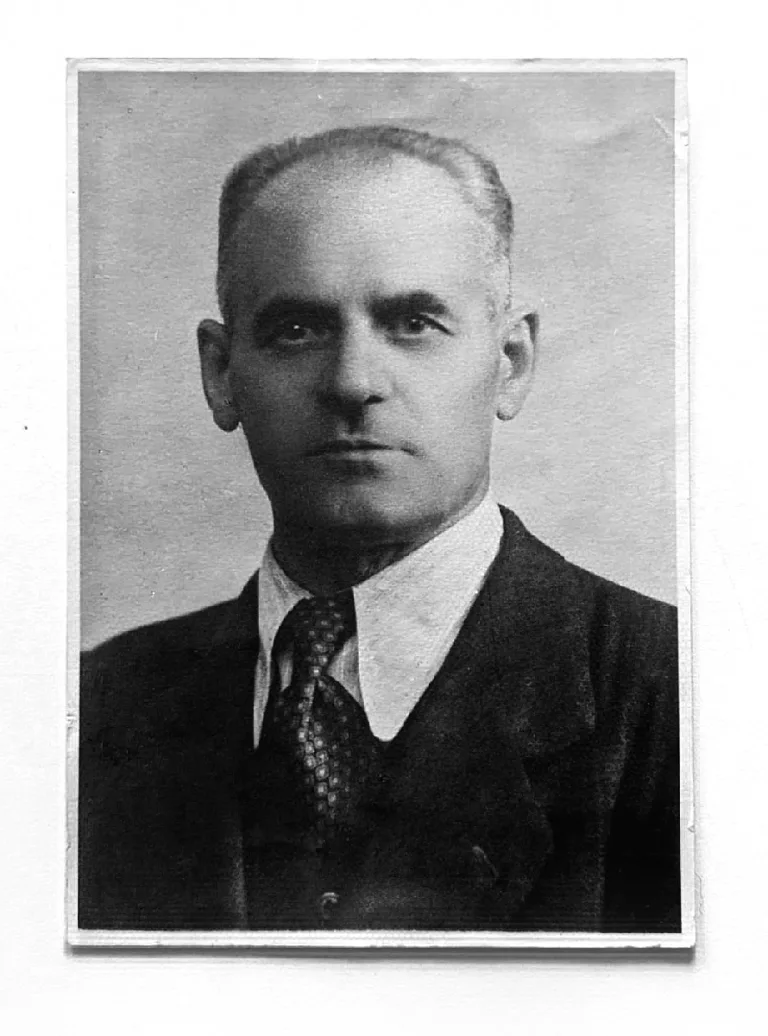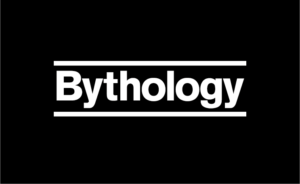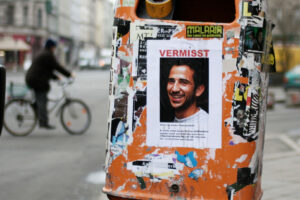
This work aims to be a historical investigation and re-presentation, based on a real event connected to my family’s biography. The central element of the project is the figure of Ezio Setti, my mother Anna Maria Setti’s uncle. Persecuted for his partisan activity, Ezio was seized in his home by Fascist soldiers on March 11, 1944, and six days later deported to Mauthausen concentration camp. During the transfer, he managed to throw a letter from the cattle car addressed to his displaced family in Rovereto, in which he wrote, ‘I am calm, be as well.
The project consists of two parts: a documentary and an evocative one.
The documentary part involves the exhibition of unpublished documents, photographs, and historical connections about his figure and activism.
The evocative part, on the other hand, involves the reenactment of the letter he threw from the passing train. The idea is to bring together in a single environment the elements that contribute to evoke that moment: the noise of the train, the lamppost illuminating the tracks, and the letter fluttering in the air before gently landing on the ground.
Almost always, at the beginning of the sequence of memory, there is the train that marked the departure into the unknown.
The work described here originates from a historical and familial memory. The direct witness of the events was my mother, Anna Maria Setti, the niece of Ezio Setti. Throughout my life, my mother often recounted what happened to her uncle: Ezio Setti, born in Rovereto in 1887 with an irreverent spirit, participated as mayor in the post-World War I reconstruction of Marco di Rovereto. He later moved to Milan to work at Caproni and became involved in strikes from 1943 until his deportation to Mauthausen. During the journey, he managed to throw a letter from the cattle car to his family.
This narrative, detailed by my mother, vividly evoked in me the final and eerie scene of a train and its noise. As she spoke, I envisioned a lamppost dimly illuminating the tracks, and from the semi-darkness emerged a white, pristine letter that, fluttering and oscillating from a height of three meters, descended freely toward the floor.
The presented work evokes, through imagination and memory, the story that has been verbally passed down to me by my mother, where personal and collective history intersect.
The presented artwork consists of 25 elements, documents, and photographs about the life of Ezio Setti displayed on the wall. Documents from a period before deportation are on the left, while those after deportation are on the right. In the center is Ezio Setti’s letter, representing the core of the project. To create the documentary part, I connected personal memory with historical research, involving some descendants of the family and delving into historical aspects.
The movement of the letter gently falling to the ground signifies a sign of freedom and hope. Simultaneously, it reveals the transience of life, the experience of the end, the tragedy of deportation. Over time, the letters accumulate on the exhibition floor, and visitors can pick up a letter and send it themselves, thus reactivating the memory of that moment and becoming a new link in the transmission of a memory that has become part of a broader history.
Ezio Setti’s story is akin to that of many deportees during World War II. For this reason, I associate his personal experience with the concept of a pattern, a design, a recurring schema.
The installation offers various possibilities for audience participation. Visitors revisit a specific historical period, learn about Ezio Setti’s life, focus on the motion of a lightweight, airborne object that takes a brief flight, falls, and carries a handwritten message within.
The original letter thrown by Ezio Setti from the cattle car was collected and sent to the family by an unknown person. In my installation, the audience performs the same gesture: picking up the message and sending it.

